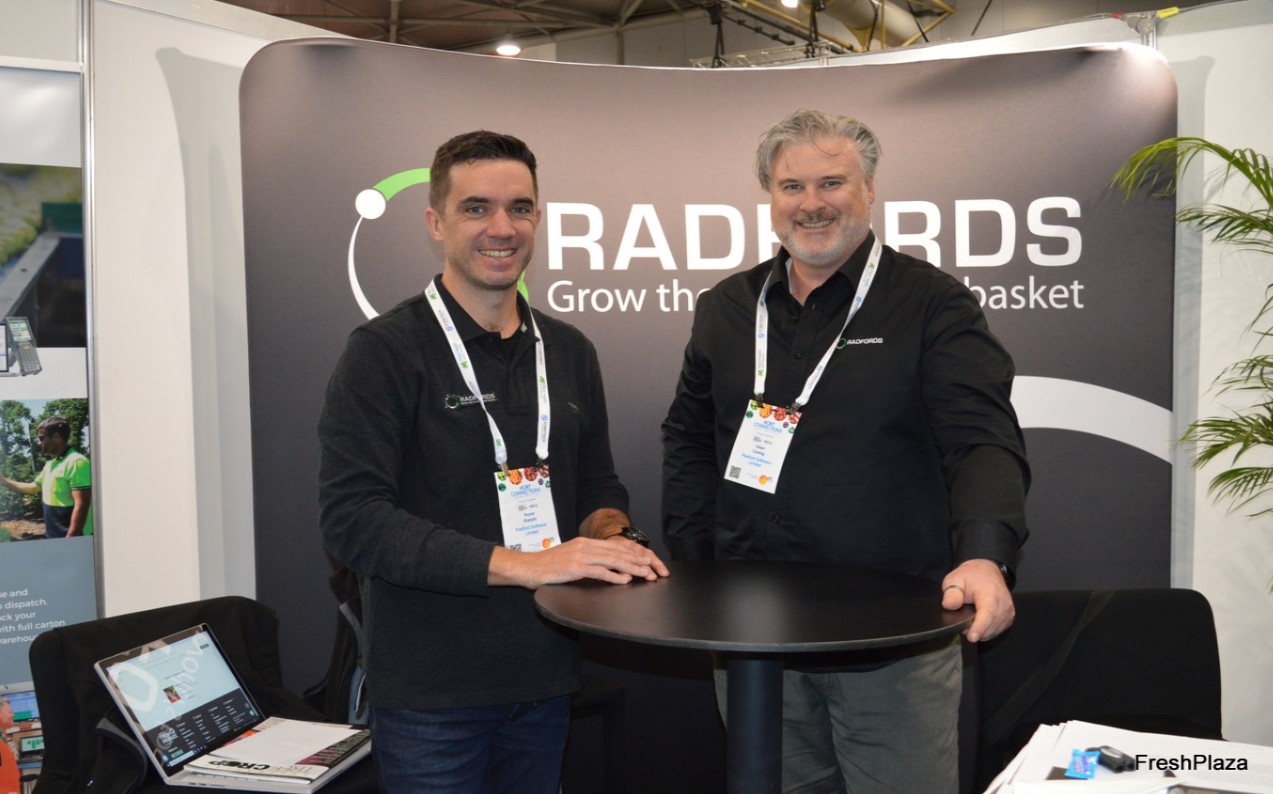Dusting off the passport....HortConnections 2022
It was refreshing to be amongst a full, non-virtual, face to face attendance at the June 2022 event in Brisbane. The Radfords team took turns representing at our booth and also roaming in and after hours to connect with customers, partners and to build new relationships. It was exciting to see how the trust in the Radfords brand had translated into the sheer number of productive conversations we are now having across all Australian states. It was also palpable how much has changed in the Australian market since the pre-covid "before times" (as I like to call it!). A key observation was how brands are grappling with the supermarket demands for price and procurement conditions against a backdrop of rising cost inputs. It won't be a surprise that this is a challenge not only experienced by Australian suppliers! There are however some exemplars where supplier and distributor brand and quality programmes are figuratively and literally providing a guarantee of taste experience to end consumers - driving value and protecting margin. One of these examples was explained by Noel Shield in his talk at the Australian Avocado Congress. His Japanese distributor company "Farmind" not only provides a channel to retail in that market but they also label avocadoes with a consumer guarantee, a guarantee that is supported by quality controlled ripening processes but also through using systems to optimise supply of ready to eat avocadoes to any given location. Another oft-used example that Radfords software supports is the Zespri Kiwifruit value chain. This brand really understands the end consumer and connects it's value chain through its growers and a variety of committed independent suppliers. This value chain ensures quality compliance is tailored to each retail market across the globe to create the consistency of taste at that consumer "moment of truth". Another obvious impact of rising input costs and reduced access to labour is the increased investment by suppliers into software and hardware automation. A number of our conversations centred around how to create end to end data and process flows, getting the most out of hardware automation whilst maintaining the integrity and quality of supply and being able to accurately calculate and communicate grower payments.
Another observation nicely underlined by the keynote speaker at the gala dinner was that the Australian supply of fresh produce had outgrown the Australian domestic market. It was time to look to export markets to find a margin home for excess supply. The speaker referenced Australia's horticultural exports now tipping over $1billion. A cursory look at the recent history of Australian Hort exports does show this channel has a higher margin return. Whilst encouraging, the journey to successful exporting is not a straightforward one. Understanding the consumers you are marketing and selling to like Farmind and Zespri, and finding trusted distribution partners to deliver value to these markets takes dedicated research and investment. An interesting export comparison is New Zealand, who exports 80% of what it produces. Last year New Zealand topped $6.6 Billion in horticultural exports. Many of these supplier brands have developed and cultivated these export relationships over many years. Can they supply year round into those market channels? Is there an oportunity for Australian suppliers to collaborate with New Zealand brands to fill out these supply gaps? The "devil" can be in the detail around things like pyhtosanitary compliance, but both countries have a similar brand provenance story centred on quality...maybe an opportunity to leverage the ANZAC spirit!
|